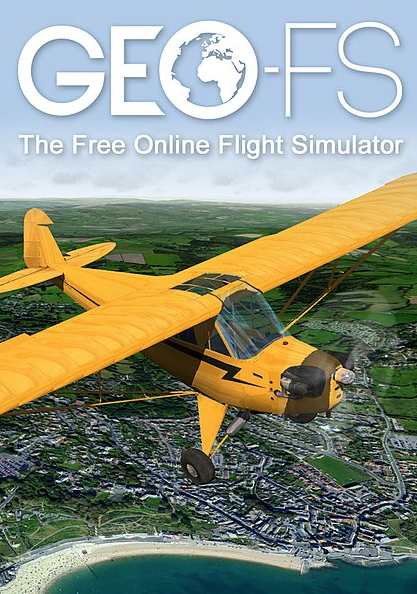
Flight Simulators
Flight simulators have — since technology permitted development — long been considered an invaluable tool in flight training.
In times of war, it was not uncommon for aspiring pilots and recruits with little say in the matter to be sent into the most dangerous situations with as little as 4-5 hours of flight training: woefully inadequate by even the most lenient of standards.
Today’s flight simulators are amazingly accurate and can be utilized to assist trainees in mastering virtually all aspects of flight with little expense and no risk. In fact, simulations are known for saving lives as they allow training in dangerous situations known for pilot error without risking lives and equipment in the process.
Further, flight represents almost an entirely different dimension to life — it’s exciting, fun and exhilarating and it utilizes areas of the brain most people never have an opportunity to fine tune. Flying involves learning and understanding the components of planes and the act of flight,, taking off and landing [an entirely different scenario than driving], understanding weather and its effects on an airborne entity and extreme mapping skills necessary for navigation to point out just a few of the aspects of flight that most never consider. Just one person in over 600 becomes a pilot — so choosing to learn independent flight is still considered a novelty to most people.
For women, it is even less likely they’ll choose aviation as a personal hobby but during World War II, Amelia Earhart famously invigorated the field of aviation forging a path for aspiring pilots to follow when she led journalists worldwide to participate in her feats and they, in turn writing volumes about the fearless female aviator.